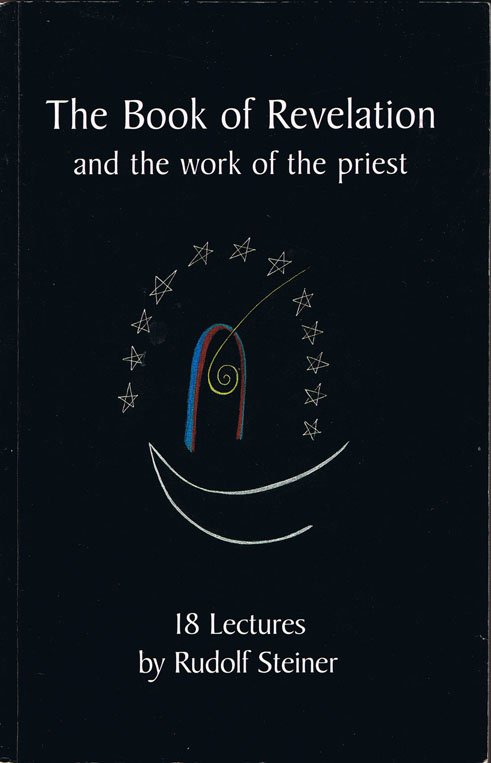

THE BOOK OF REVELATION
and the work of the priest


John's Book of Revelation — the Apocalypse — has been subjected to countless interpretations by theologians over the years, mostly based on theory and speculation. In contrast, Rudolf Steiner spoke from his own direct experience and knowledge of the spiritual truths contained in St John's mysterious pictures.
Although he had previously presented his insights into the Book of Revelation a number of times, in 1924 Steiner ventured to give a completely new perspective — in response to a request by priests of The Christian Community — by relating the subject closely to the work of the modern priest. 'These priests felt the need to achieve a closer relationship with the Book of Revelation', he wrote later. 'I believed I would be able to contribute to such a closer relationship. The spiritual paths I follow had enabled me to trace the apocalyptist's footsteps. So I felt that with this course of lectures I would be able to achieve a depiction that would convey this priestly book in its true sense as a spiritual guide for the priest.'
Rudolf Steiner (1861-1925) called his spiritual philosophy 'anthroposophy', which he defined as 'the consciousness of one's humanity'. As a highly-trained clairvoyant he spoke from his direct cognition of the spiritual world. However, he did not see his work as religious or sectarian, but rather sought to found a universal 'science of the spirit'.
His many published works (written books and lectures) — which include his research into the spiritual nature of the human being, the evolution of the world and humanity, and methods of personal development — invite readers to develop their own spiritual faculties. He also provided indications for the renewal of many human activities, including education — both general and special — agriculture, medicine, economics, architecture, science, philosophy, religion and the arts. He wrote some 30 books and delivered over 6000 lectures across Europe, and in 1924 founded the General Anthroposophical Society which today has branches throughout the world.
RUDOLF STEINER PRESS
Greeting by Johannes Werner Klein